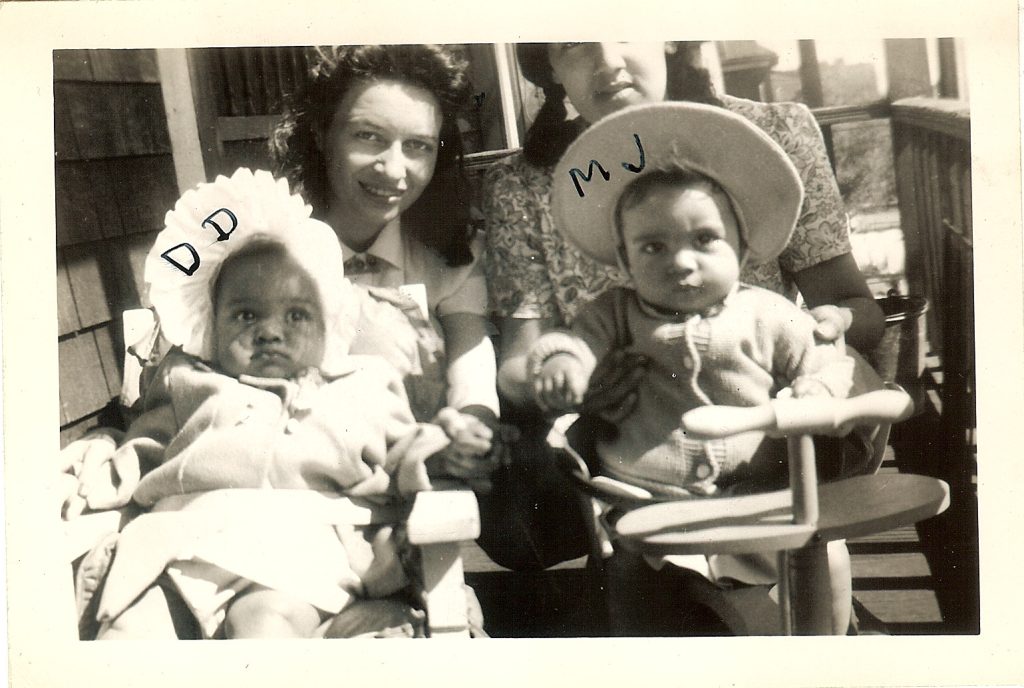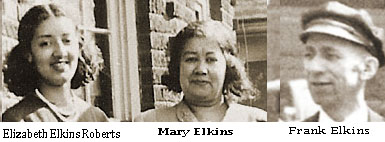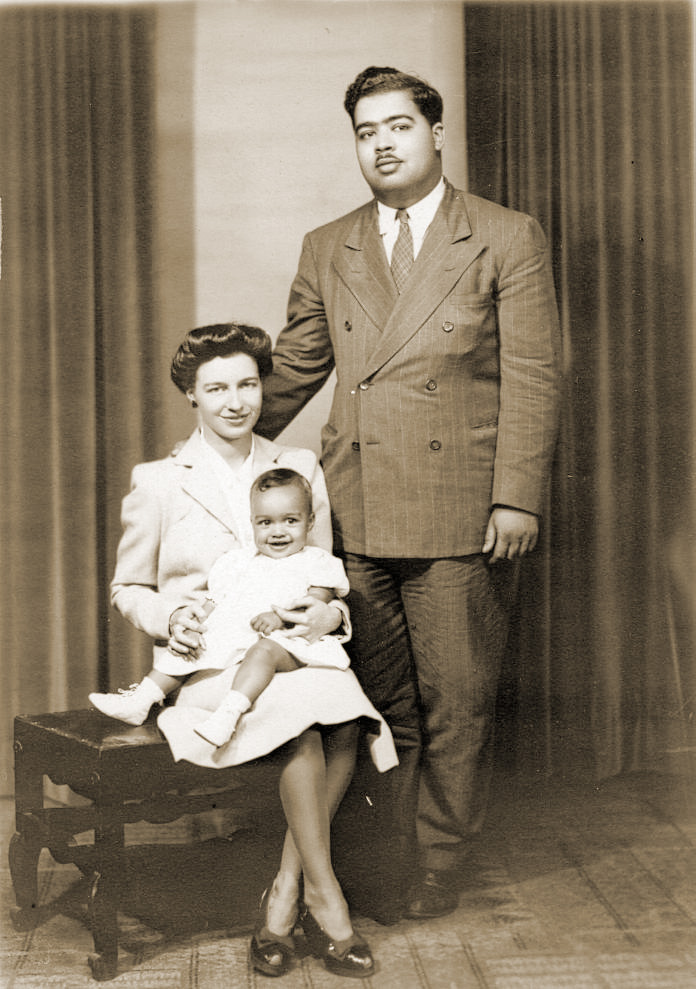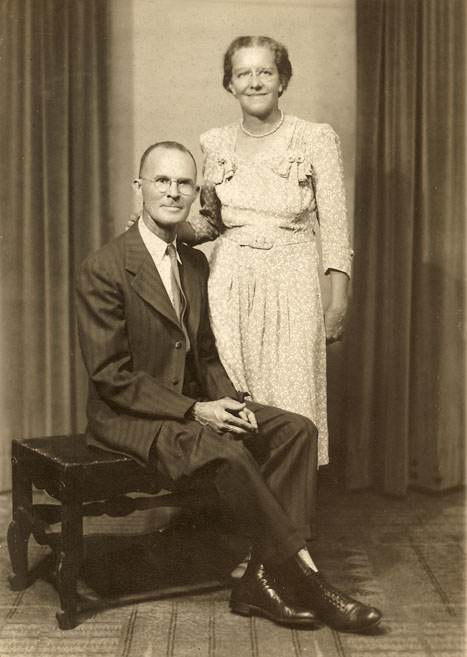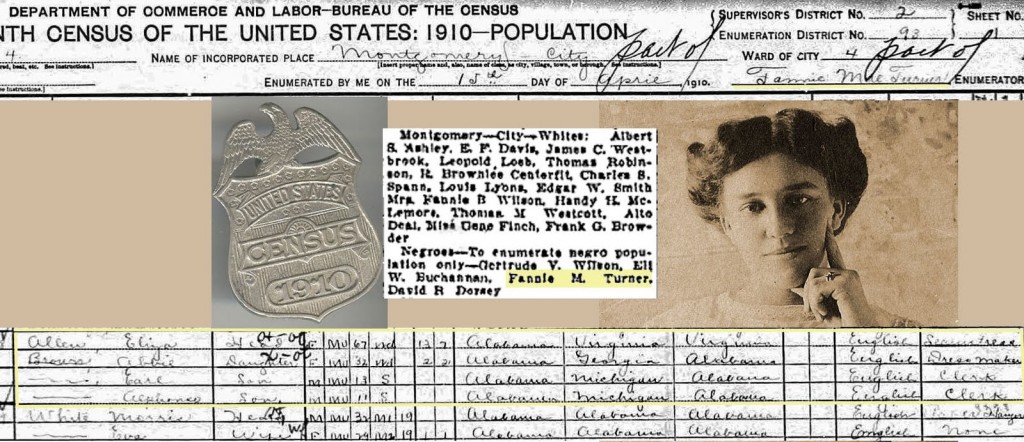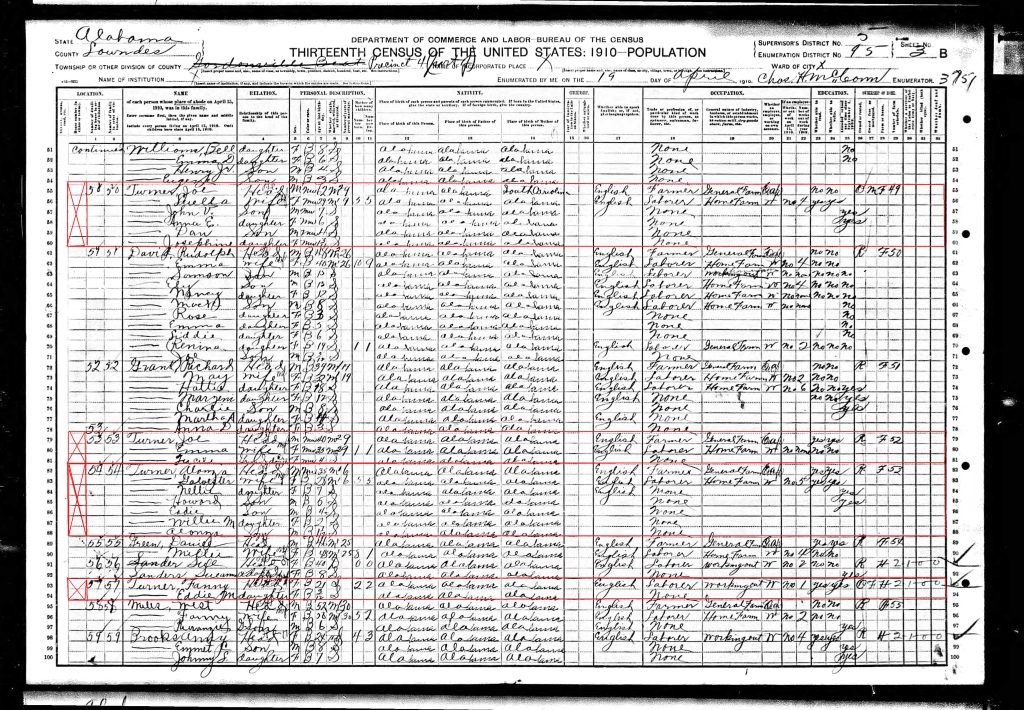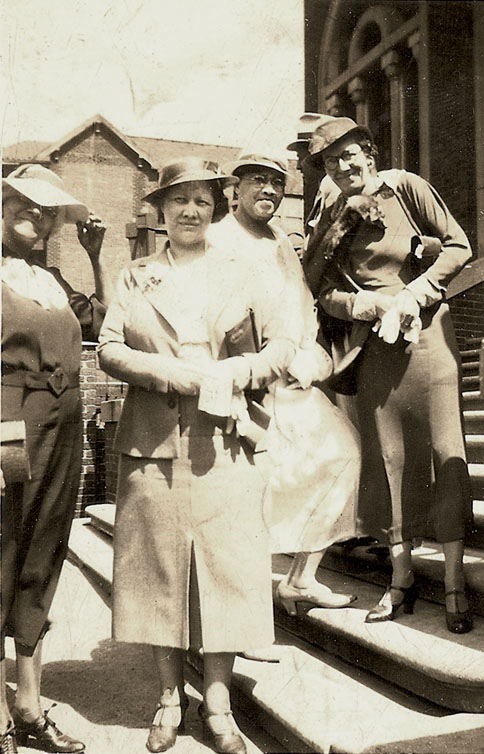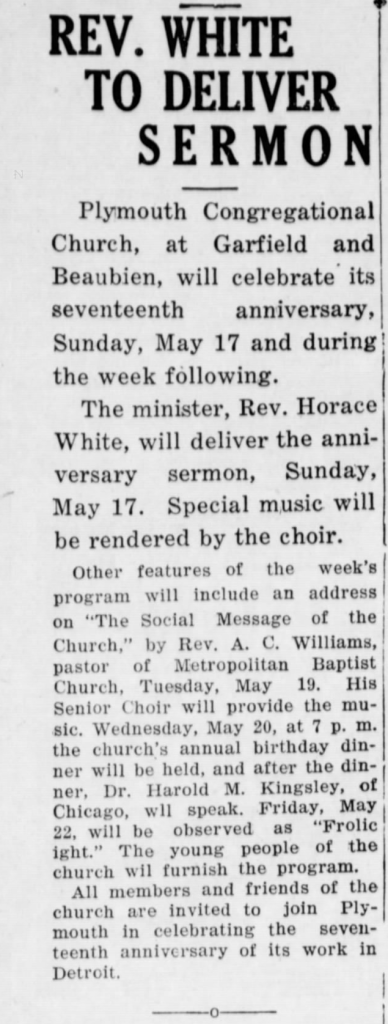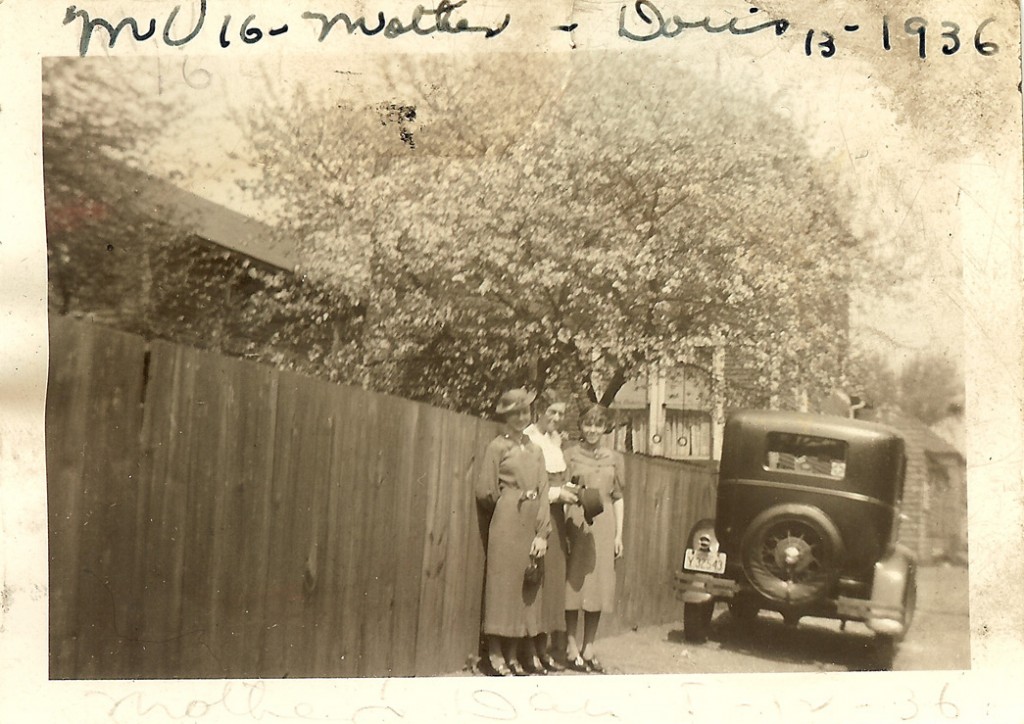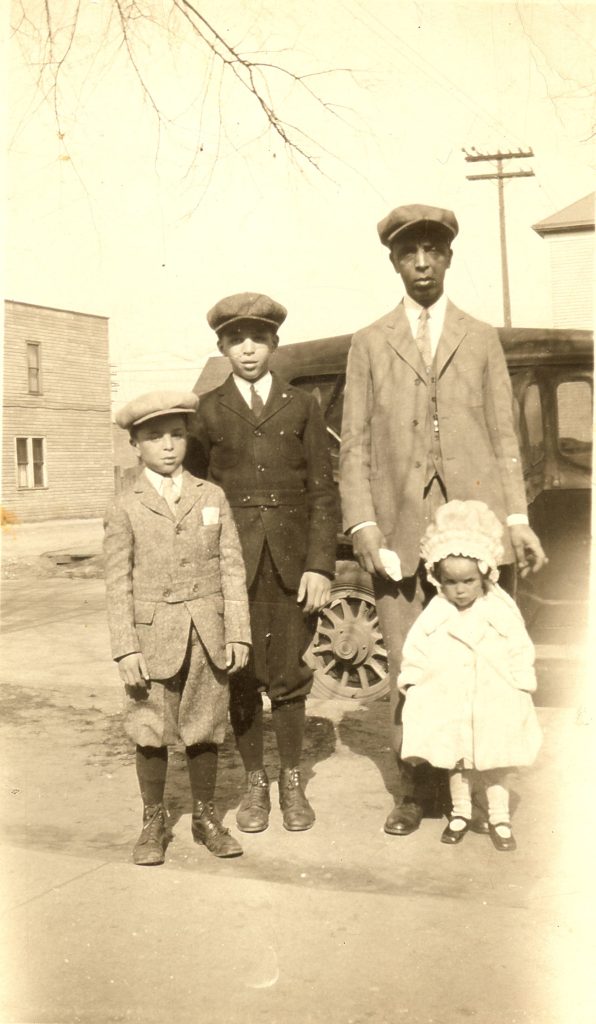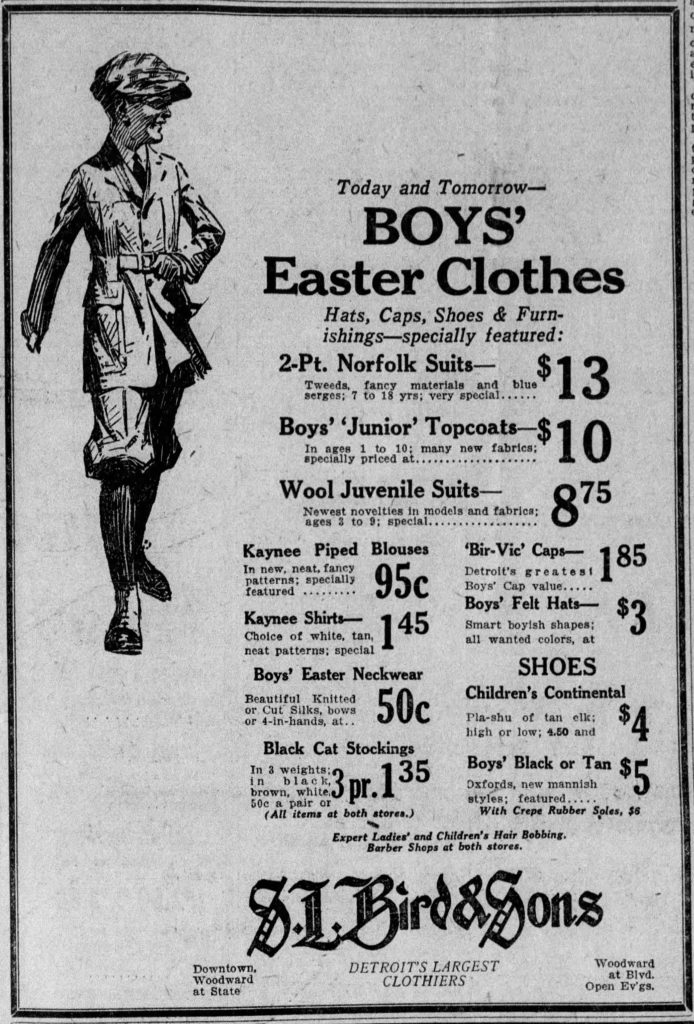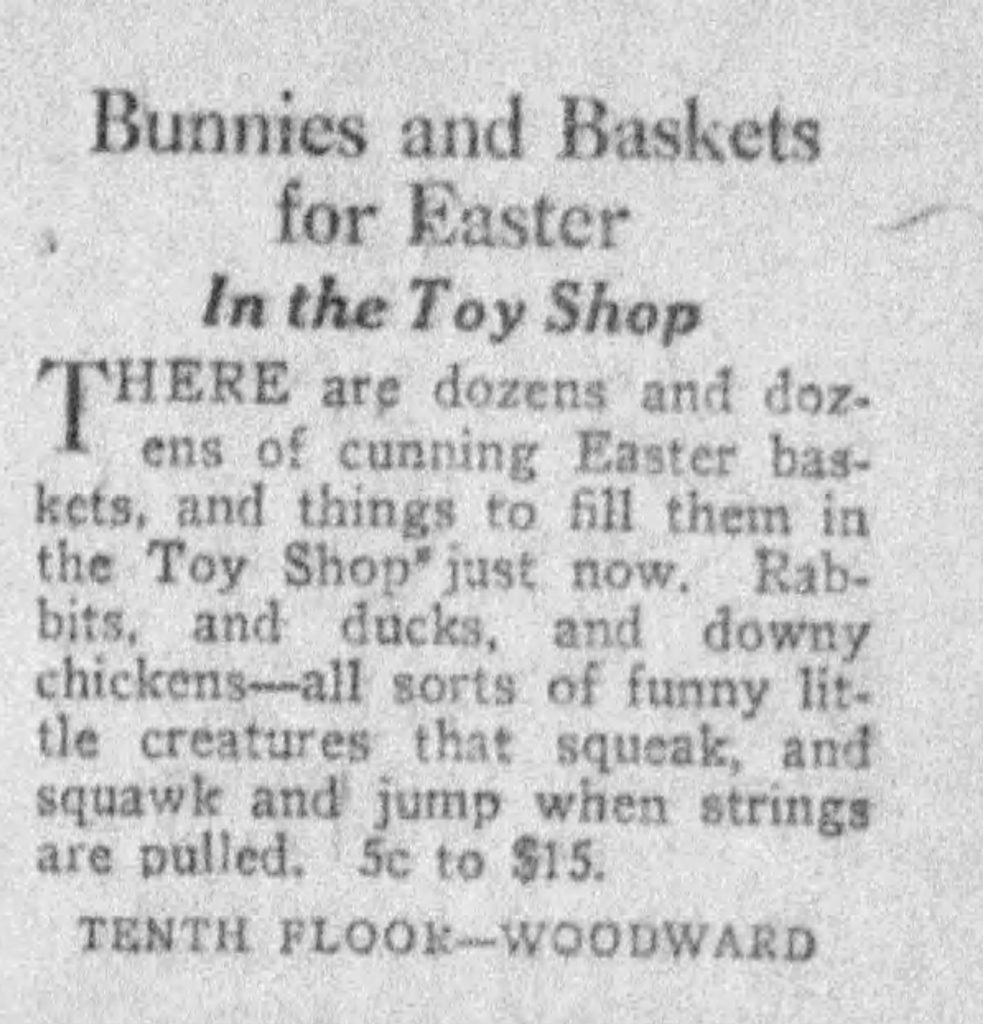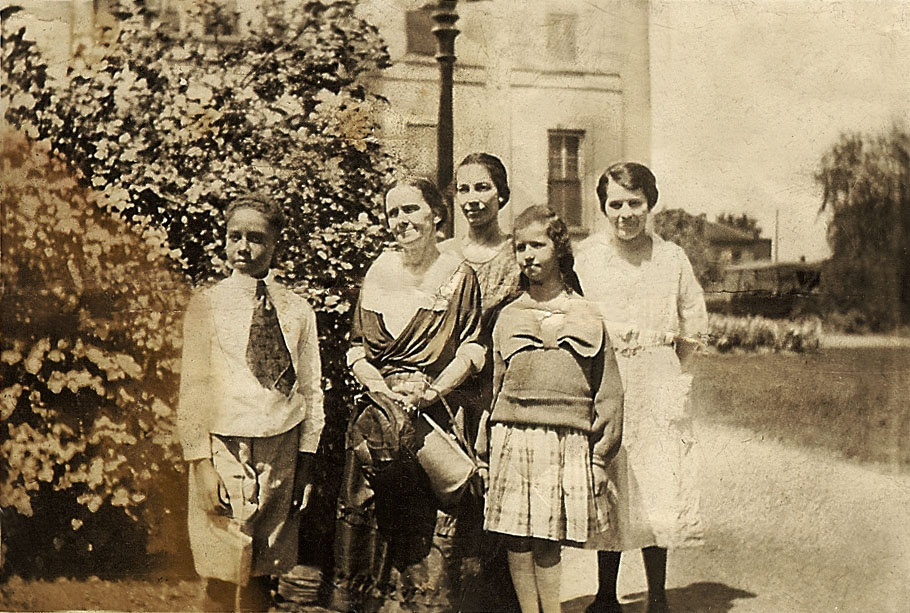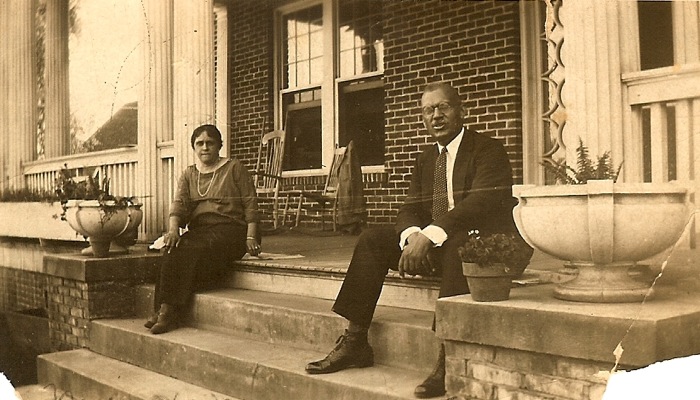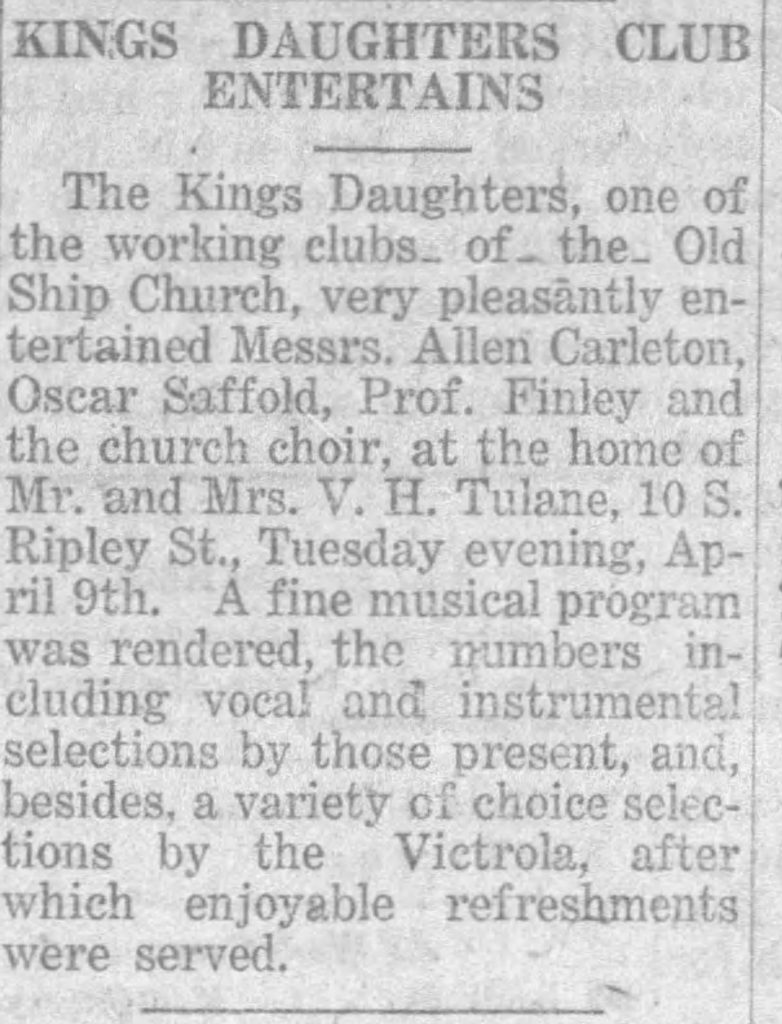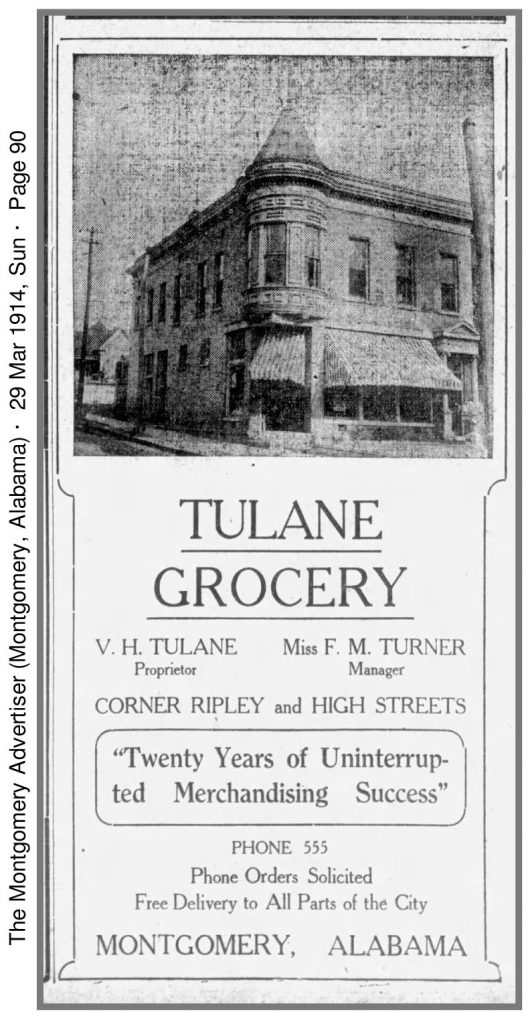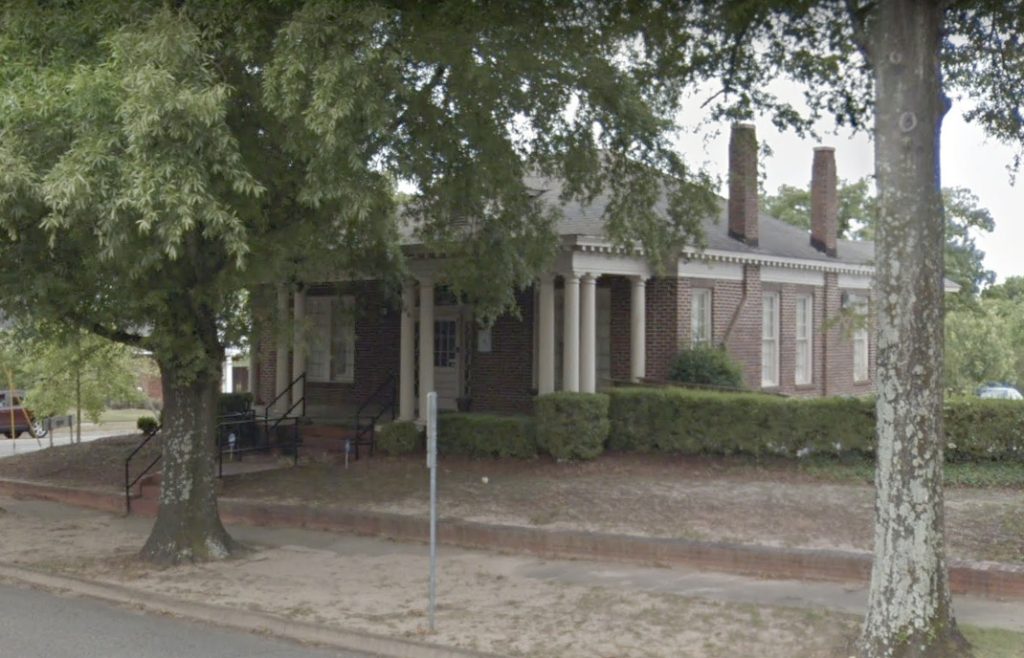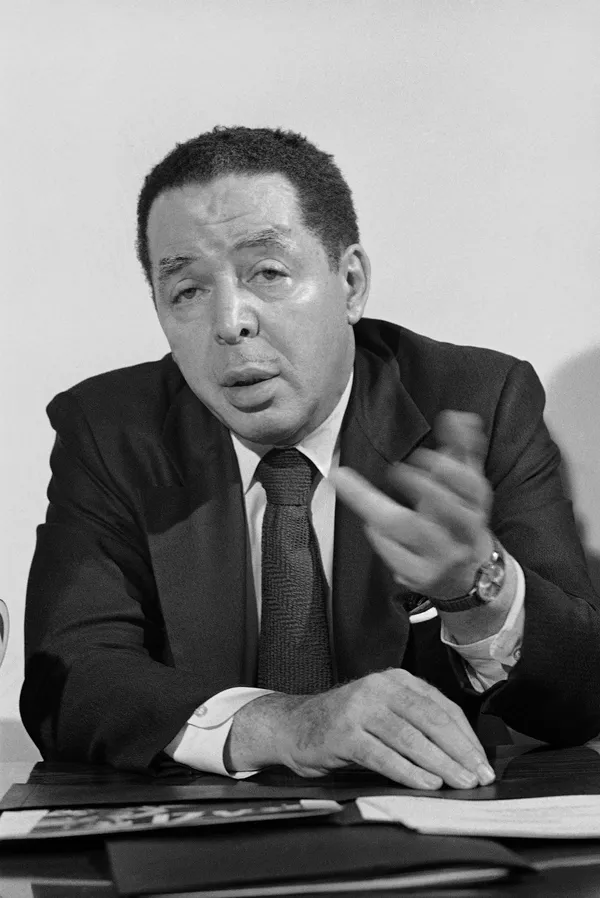For this year’s A to Z Challenge, I will be posting an event for that date involving someone in my family tree. Of course it will also involve the letter of the day. It may be a birth, a death, a christening, a journal entry, a letter or a newspaper article. If the entry is a news item, it will be transcribed immediately below. Click on photographs to enlarge in another window.
Below is a letter I wrote home soon after my second daughter was born in Atlanta.
April 17, 1973
Hello Ma and Henry,
How are you 2 doing? The package came today – the blanket is a perfect crib fit and also quite fancy (smile). She probably won’t use it much until this fall since she’s still sleeping in a drawer and I hope it’s warm by the time she gets to the big crib. Do you think that crib there could be mailed or bused down here?
Ife and Jilo are fine. Jilo hasn’t been to school for about a week and her behavior has improved back to her normal self. I think a combination of lack of direction (on the staffs part) and not enough sleep at the school combine to make a dismal day. I am going back to work for half day next month and Jilo will be going to school for half day and Ife will go to work with me since I can move to the empty house where nobody works mornings. I don’t know how long they will go for this – however I am already making plans to start a small school of three over 3’s at $30/week or babysitting them but doing it like a school, so I can stay home. I haven’t quite worked it out yet, but I’m sure with all the working parents and the eminent collapse of Jilo’s school, I can find some ready candidates.
Ife sleeps a lot, except from about 5 to 10, during which she cries, eats, cries, etc. It’s just when I’m trying to cook dinner and that’s a drag, but at least she’s sleeping good at night – not all night, but she’s not crying much at night. For awhile she stayed awake all night instead of the evening.
_________________
For more about life for us during those times -> Cascade Rd. SW, Atlanta




